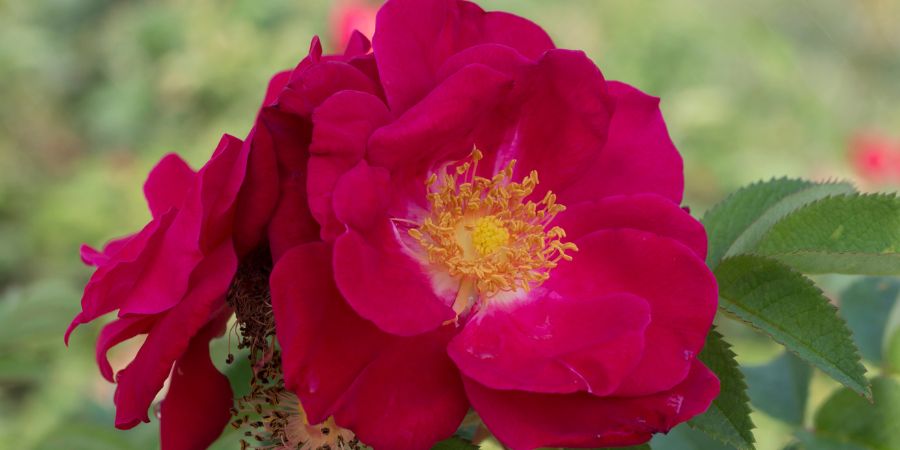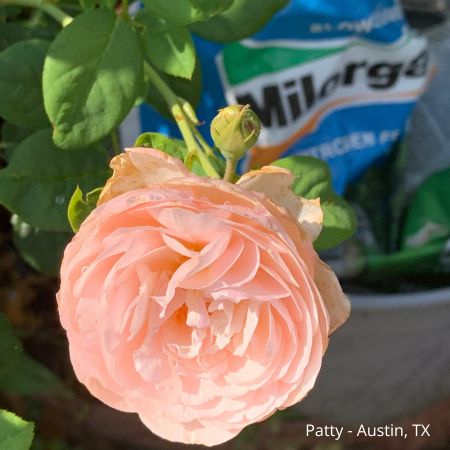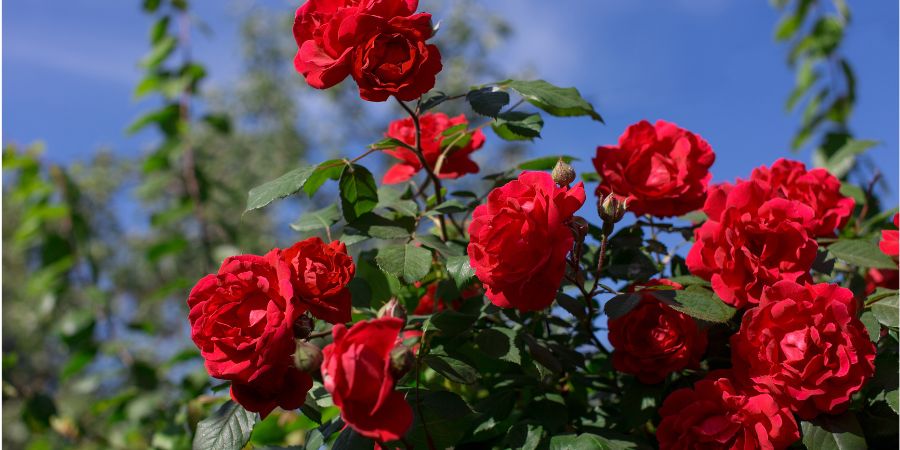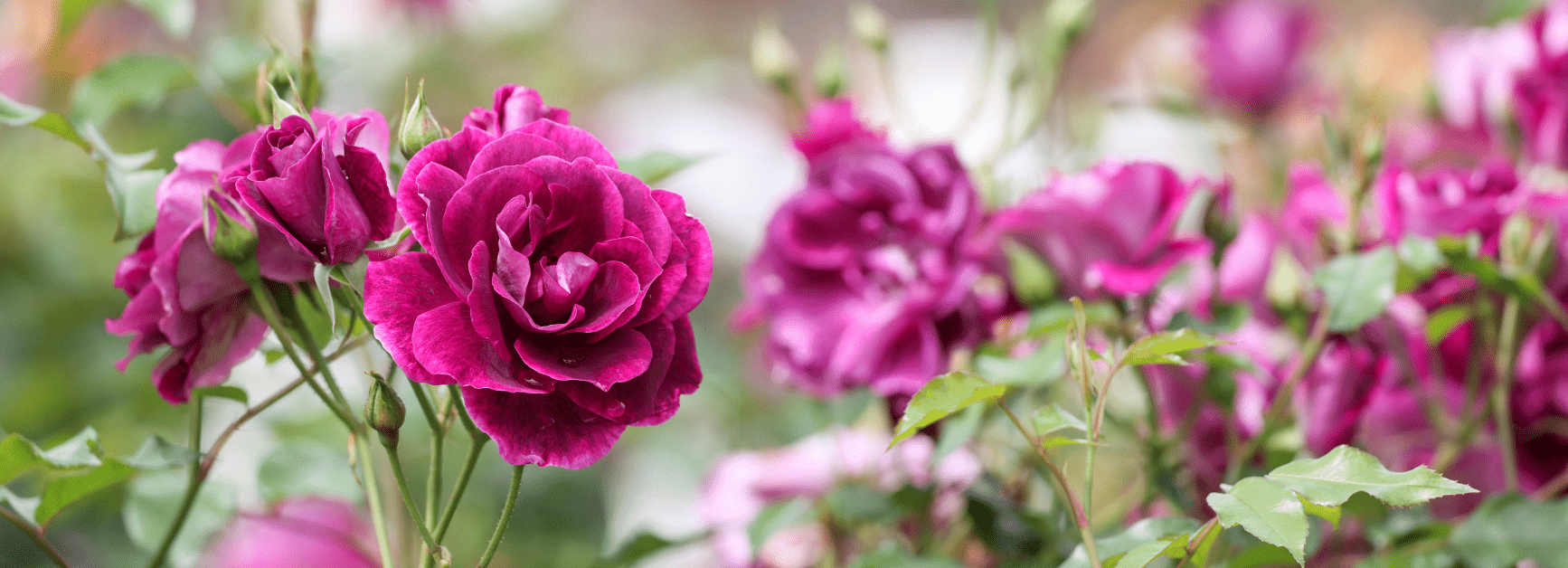Rose Growing 101: Essential Tips for Cultivating Roses
- Gardening Expert and Host of Growing a Greener World®May 7, 2024
I discovered and fell in love with gardening when I was only eight years old. Within one week of my accidental introduction, I planted my first garden. I staked out a sunny spot, scraped off a small plot of grass, rode my bike the two blocks to our local nursery, and purchased my very first plants: four rose bushes!
A couple of weeks later, I was back at the nursery with a clipped branch from one of the plants. It wasn’t looking so good, so I wanted some expert advice from local professionals. The nurseryman took one look at my cutting and said, you need to water it!
Since then, I’ve learned a lot about roses, and my love of having them in my gardens has continued to grow.
Not All Roses Are Created Equal
Roses come in an array of types, each with its own story and growing particulars. Hybrid teas stand out above the crowd with high-centered, fragrant buds. Climbers, as this category suggests, stretch their long limbs up and out. You often see climbers growing tall against a wall or over an arbor or trellis. And floribundas cluster like stars in a crowded sky. While often smaller per bud, they make up for it in quantity.
Understanding the individual needs and characteristics of each variety is the key to cultivating a flourishing rose garden.

Pink Rugosa Rose bush in the garden
Rose Care
No two roses are alike when it comes to care. Hybrid teas, the essence of traditional rose beauty, demand frequent attention and meticulous care routines to look their best. These roses require protection from the elements and are quite susceptible to some common pests and diseases. In contrast, shrub roses, particularly the hardy Rugoas (shrub roses often with an open flower habit, offer a low-maintenance alternative, thriving with minimal fuss and more forgiving conditions.
Sun and Soil Requirements
Think of any thriving rose garden you’ve ever seen, and it will always be in a full-sun environment. All roses share a common need for abundant sunlight and well-drained soil. A minimum of six hours of direct sunlight per day is essential for roses to thrive.
The soil should be well-draining and rich in organic matter for natural fertility. These simple but important conditions can improve natural resilience and help prevent soil that is overly wet, which can lead to root diseases and stunt growth.
Nutrition and Fertilization
Consistent fertility plays a significant role in the health and flower production of roses. A balanced, slow-release fertilizer, like Milorganite, applied in early spring and perhaps again in midsummer ensures that roses have the nutrients they need for robust growth and vibrant blooms. Organic options such as compost or fish emulsion can also promote healthier plants and more sustainable gardening practices.
Pruning and Watering Techniques
Pruning is vital for maintaining the health and shape of rose bushes. Remove dead or overgrown branches in early spring to encourage fresh growth and help manage the plant's form. And continue to pure out dead, diseased or crossing branches as needed.
Like most plants, roses do best with deep, infrequent watering sessions that encourage deep root growth. Mulching around the base of each plant also helps to retain moisture, suppress weeds, and keep root temperatures stable.

Addressing Pests and Diseases
Roses are vulnerable to several pests and diseases, which distract from their beauty and compromise their health.
Aphids, spider mites, and fungal diseases, especially black spot are common afflictions. Integrated pest management strategies, such as encouraging beneficial insects and practicing good garden hygiene, can help naturally control pest populations. For fungal issues, selecting resistant varieties and ensuring good air circulation around the plants are crucial proactive steps.
Optimal Growing Environments
While quite adaptable, roses perform best in temperate climates. They excel in USDA zones 5 through 10, where the conditions meet their needs for sun exposure and winter dormancy. In cooler zones, some hardy varieties can survive with proper winter protection, such as mulching or using rose cones.

The Joys and Challenges of Growing Roses
Rose gardening is an art that rewards patience and persistence. As with all gardening, each season offers new challenges and opportunities to learn more about these ornamental and fragrant plants. Moreover, the joys of growing roses extend beyond their visual and olfactory features. The process of tending to roses fosters a deeper connection with nature, enhances gardening skills, and can be a profoundly therapeutic experience.
The journey of rose gardening is filled with beauty and occasional thorns, much like the flowers themselves. Embrace the challenges and enjoy the lush rewards of your efforts. (And don’t forget to water!)
Where to Buy
Find Milorganite® at a store near you.
We recommend calling your local store to check for availability.

Milorganite Fertilizer Application For Roses & Daylilies
Milorganite does not burn sensitive roots of roses, and nutrients release as the plant needs it.

